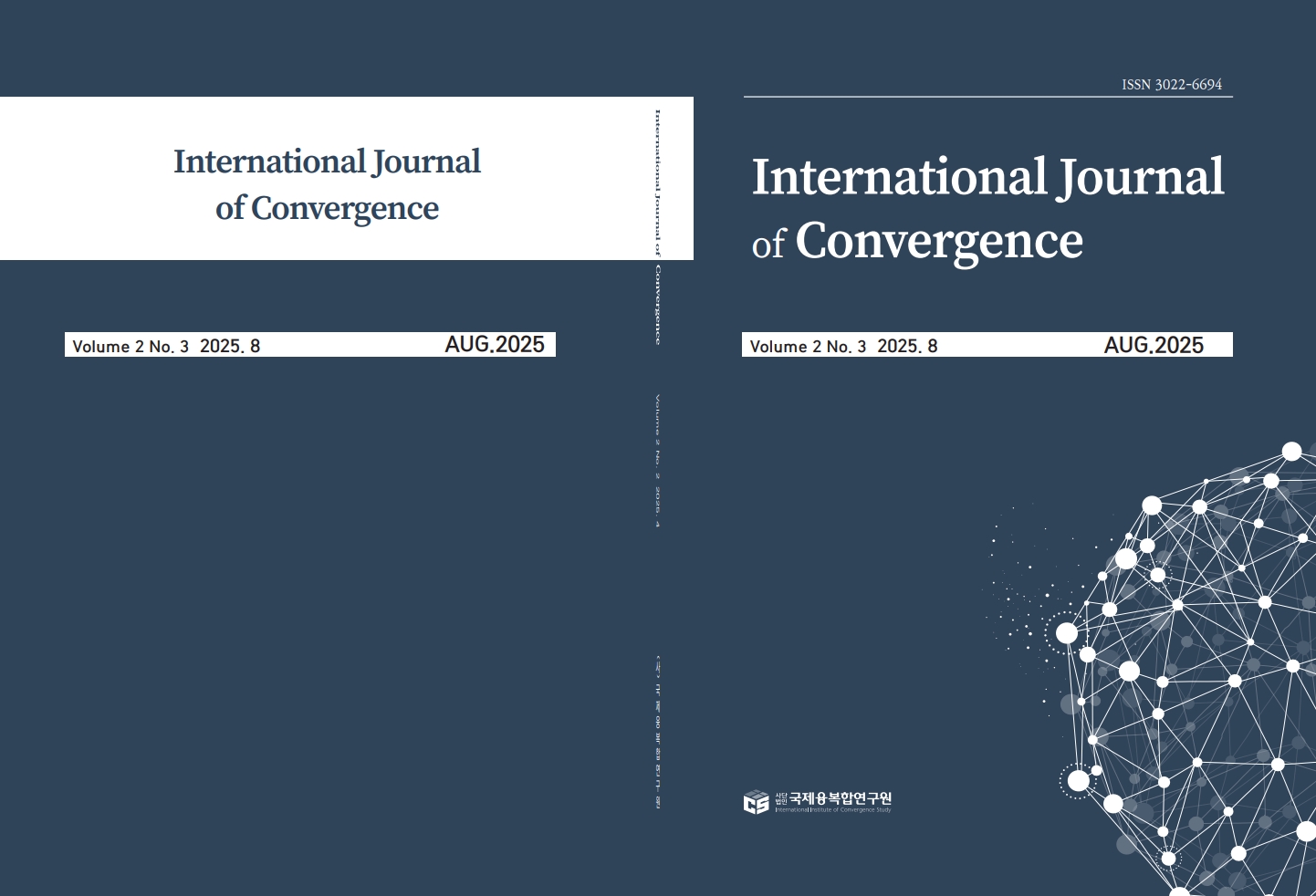- 창간연도
- 2024년 1월
- ISSN
- (Print)3022-6694 , (Online)3022-666X
- 수록권호
- 제2권 3호 (통권 7호)
- 발행일
- 2025.08
- 수록논문
- 4 articles
- 유형
- 학술저널
- 주제
- 사회과학, 자연과학, 예술체육학, 복합학
- 발행기간
- 2024.01 ~ 2025.08
- 발행주기
- 연 4회(계간)
- 총 권호 수
- 7 volumes
- 총 논문 수
- 35 articles
키워드
초록
This study examines the strategic implications of US Forces Korea (USFK) deployment restructuring scenarios within the broader context of US-ROK alliance adaptation to evolving security challenges on the Korean Peninsula. As North Korea's nuclear capabilities advance and China's regional influence expands, traditional alliance arrangements face mounting pressures for reform, necessitating comprehensive analysis of alternative force structures and burden-sharing mechanisms. Through scenario-based strategic assessment, this research evaluates three critical deployment patterns: rotational force structures, capability augmentation, and force reduction options, analyzing their respective implications for deterrence effectiveness, alliance sustainability, and regional stability. The analysis reveals that each scenario presents distinct trade-offs between operational readiness, political feasibility, and strategic credibility. Rotational deployment models offer enhanced force readiness while potentially creating temporary capability gaps during unit transitions. Augmentation scenarios provide improved deterrence capabilities but raise questions about long-term sustainability and alliance burden-sharing expectations. Force reduction proposals, while offering fiscal benefits and strategic flexibility, risk creating deterrence vulnerabilities that could encourage adversary aggression or allied proliferation.The study further explores innovative multinational coalition models through United Nations Command modernization, demonstrating how expanded member state contributions could offset potential US force reductions while enhancing international legitimacy of deterrent operations. Analysis of burden-sharing redesign options reveals that performance-based arrangements and regional cost distribution mechanisms offer more sustainable alternatives to traditional cost-sharing formulas, potentially reducing alliance friction while maintaining strategic effectiveness. The research concludes that successful alliance adaptation requires gradual, consultative approaches that preserve core deterrence functions while adapting to contemporary strategic realities. The findings suggest that hybrid models combining selective force modernization, enhanced multinational integration, and innovative burden-sharing arrangements provide the most promising pathway for maintaining alliance effectiveness amid changing regional dynamics. These insights contribute to broader understanding of alliance management in an era of great power competition and offer practical frameworks for sustaining deterrent relationships under evolving strategic circumstances.
참고문헌 (0)
- 이전논문Integration of World Karate Federation Safety Equipment Standards into Military Training Protocols: A Frame work for Korean Defense Standard Development and Injury Prevention Enhancement
- 다음논문없음 (현재 논문이 "International Journal of Convergence 제2권 3호 (통권 7호)"의 마지막 논문입니다.)
 (사)국제융복합연구원
(사)국제융복합연구원